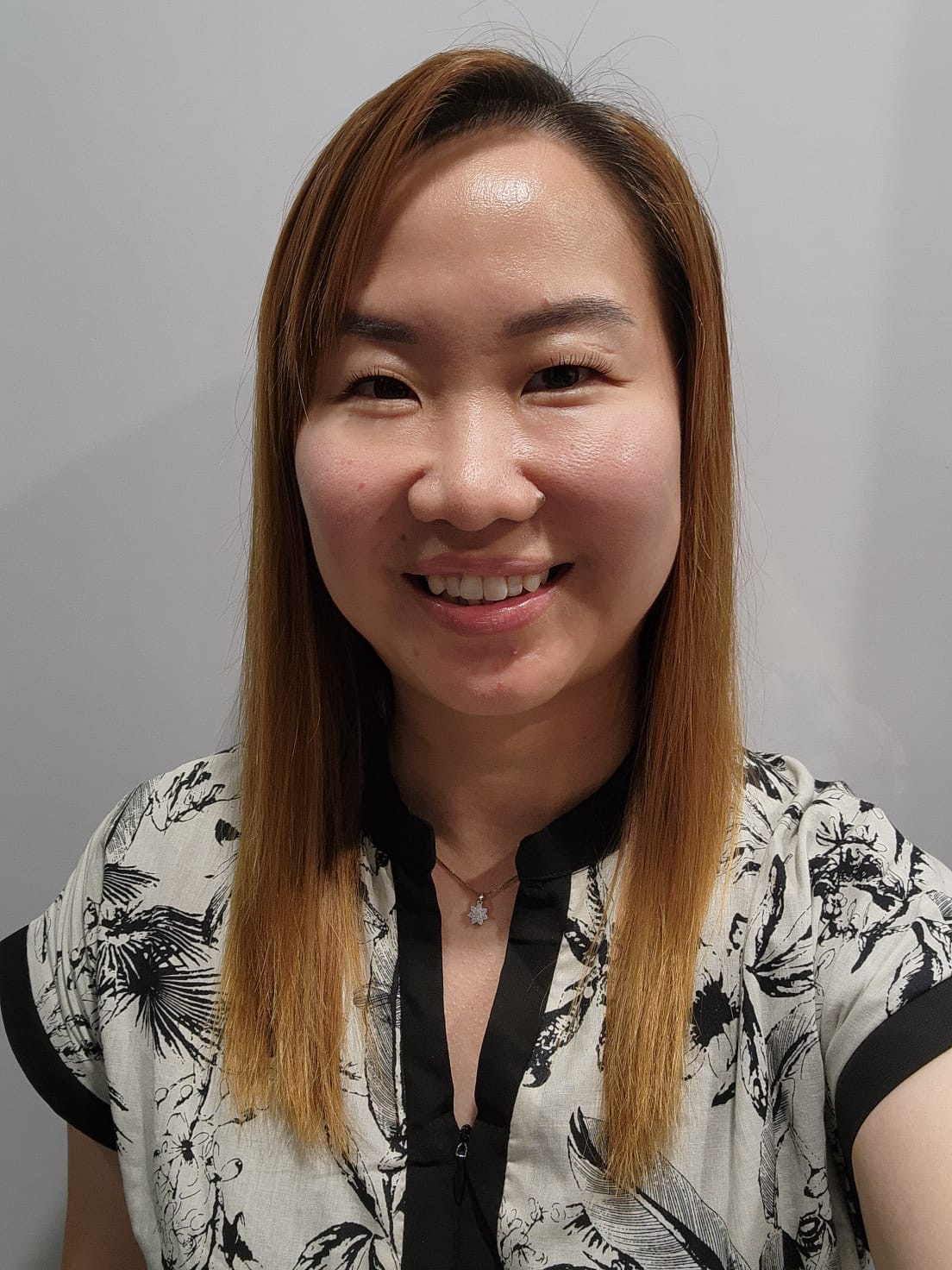SES Team Spotlight: Som Sueh Li on Diversity and Inclusion in the Space and Satellite Industry

From 2025 and going forward, any targets mentioned have been changed, in order to be compliant with changes in the law.
We spoke with Som Sueh Li, Director, Sales, Enterprise & Cloud, Asia at SES in Singapore, to learn more about how her journey in the industry, how SES is championing women’s inclusion in the workforce and what is SES’s role in women empowerment in APAC.
What led you to your current role at SES?

Enterprise & Cloud, Asia
My career in the space and connectivity industry started almost 20 years ago for a major telecommunications provider in Singapore. It was then that I truly grasped the profound meaning of our work. We weren’t just operating satellites and providing connectivity; we were bridging distances, not just between nations, but deep within the diverse tapestry of communities, cultures, and businesses across Asia. Witnessing the impact on individuals, their livelihoods, and the interconnectedness it fostered, fuelled a deep understanding of the immense value we hold as connectivity providers.
When the opportunity to join SES arose nearly a decade ago, it felt like a natural continuation and an opportunity to further my passion for the industry.
Having been in the satellite industry for almost 20 years, how do you and SES champion diversity in the workforce to become more inclusive?
As a woman in a space tech company, I am proud to contribute to paving the way for future careers in our industry; but efforts remain to be made for the representation of women in our sector. In fact, a UN report revealed that women make up only 20-22% of the space industry workforce, a figure unchanged for the past 3 decades.
The sector’s skills diversity suffers when it fails to incorporate the talents and capabilities that women can bring. SES has set clear objectives for ourselves towards contributing to make the space industry more diverse, equitable, and inclusive, starting with our company, and such is reflected by our ambition to achieve 24% of women in people management positions and 50% in executive roles by 2026.
We’ve witnessed within our global organisation a steady rise in the proportion of female executives over the past four years, a step towards our objectives across our global organisation. While progress has been made in empowering women in the industry, we must leverage this momentum to encourage women to be part of ground-breaking projects shaping the future of the sector. A diverse space and satellite industry, with strong female representation, can send a powerful message: everyone with passion for this industry has a place here.
Speaking of progress on women empowerment in the space and connectivity workforce across the globe, what are the milestones you have witnessed for APAC particularly?
The good news is that more than anywhere else, the APAC region has strong receptivity for diversity and inclusion: it was found that 77% of organisations in East Asia and the Pacific have initiated DEI programmes at the company level, a figure that stands higher than the global average of 67%.
At SES, we are working towards our objective to hire more women in people management positions and executive roles in our two offices in Asia, in Singapore and Dubai.
But our mission to include more women in the workforce and empower them goes beyond our corporate objectives: it is rooted in the benefits reaped from the connectivity solutions we are providing.
Indeed, with providing Internet via a highly performant and reliable satellite connectivity, we are enabling thousands of women across the APAC region, particularly in remote areas, to access online governmental services, such as e-health and e-education, empowering them in achieving their personal development and overall wellbeing.
Playing a part into supporting their digital inclusion is a reminder of why I chose to work in the space and connectivity industry: a business with a clear purpose to empower individuals to realise their potential. And at SES, we can make digital inclusion a reality for women in APAC from diverse and constrained backgrounds, with delivering performant, reliable and ubiquitous connectivity for businesses and communities alike, to unconnected and underconnected parts of countries on the likes of Nepal, Malaysia or the Philippines.
Though there are many challenges before achieving digital inclusion for all, we are making strides in APAC with women’s representation – both inside and outside our industry. With our own objectives of increasing the number of female executives within our organisation, we will continue to encourage women to be part of SES’s story and add their myriad of skills to an even more inclusive and diverse workplace.




